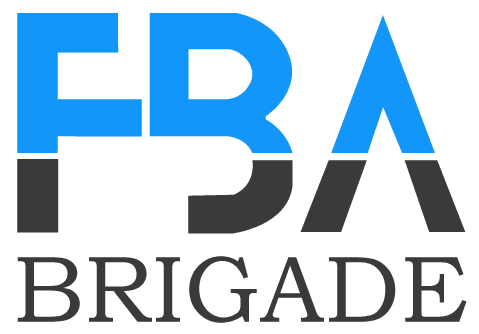Supply Chain Optimization is the cornerstone of triumph in the Amazon Marketplace.In the competitive world of e-commerce, succeeding on Amazon requires a strategic approach at every level of your business. One crucial element that often gets overlooked but can significantly impact your success is Supply Chain Optimization. In this article, we’ll explore how optimizing your supply chain can be the key to achieving remarkable success on the Amazon Marketplace.
The Importance of Supply Chain Optimization
Your supply chain is the backbone of your Amazon business. It encompasses everything from sourcing products to order fulfillment and customer satisfaction. Here’s why it’s so vital:
Faster Order Fulfillment
When your supply chain is optimized, you can process and fulfill orders more efficiently. This means quicker shipping times and happier customers.
Cost Efficiency
Efficient supply chain management helps you reduce operational costs, increasing your profit margins and making your business more competitive.
Key Strategies for Supply Chain Optimization
Now that we understand the significance of supply chain optimization, let’s dive into some actionable strategies:
1.Demand Forecasting
Accurate demand forecasting is essential. Use historical data, market trends, and predictive analytics to anticipate demand for your products.
2.Inventory Management
Maintain optimal inventory levels to avoid overstocking or running out of stock. Leverage inventory management tools for better control.
3.Supplier Collaboration
Establish strong relationships with your suppliers. Clear communication and collaboration can lead to better terms and reliability.
4.Warehousing Efficiency
Streamline your warehousing processes. Organize products logically, implement automation where possible, and prioritize order picking.
5.Shipping and Logistics
Optimize your shipping methods and logistics. Consider factors like shipping carriers, routes, and packaging to reduce costs and delivery times.
Measuring Supply Chain Performance
To ensure that your supply chain optimization efforts are paying off, track key performance indicators (KPIs). Some relevant KPIs include:
●Inventory turnover rate: How quickly you sell your inventory.
●Order accuracy: The percentage of orders shipped without errors.
●Lead time: The time it takes to receive products from suppliers.
●Cost per order: The cost associated with processing and fulfilling an order.
Conclusion:
Supply Chain Optimization is not just a buzzword; it’s a critical component of achieving Amazon Marketplace Success. By implementing the strategies outlined above and continuously monitoring your supply chain performance, you’ll be well on your way to thriving in the competitive Amazon ecosystem.
Remember, in the world of e-commerce, those who optimize their supply chains often find themselves ahead of the competition, delivering products faster, more cost-effectively, and with greater customer satisfaction.At FBA Brigade, we’re here to guide you every step of the way, offering expert insights and strategies to ensure your international expansion is a success.




